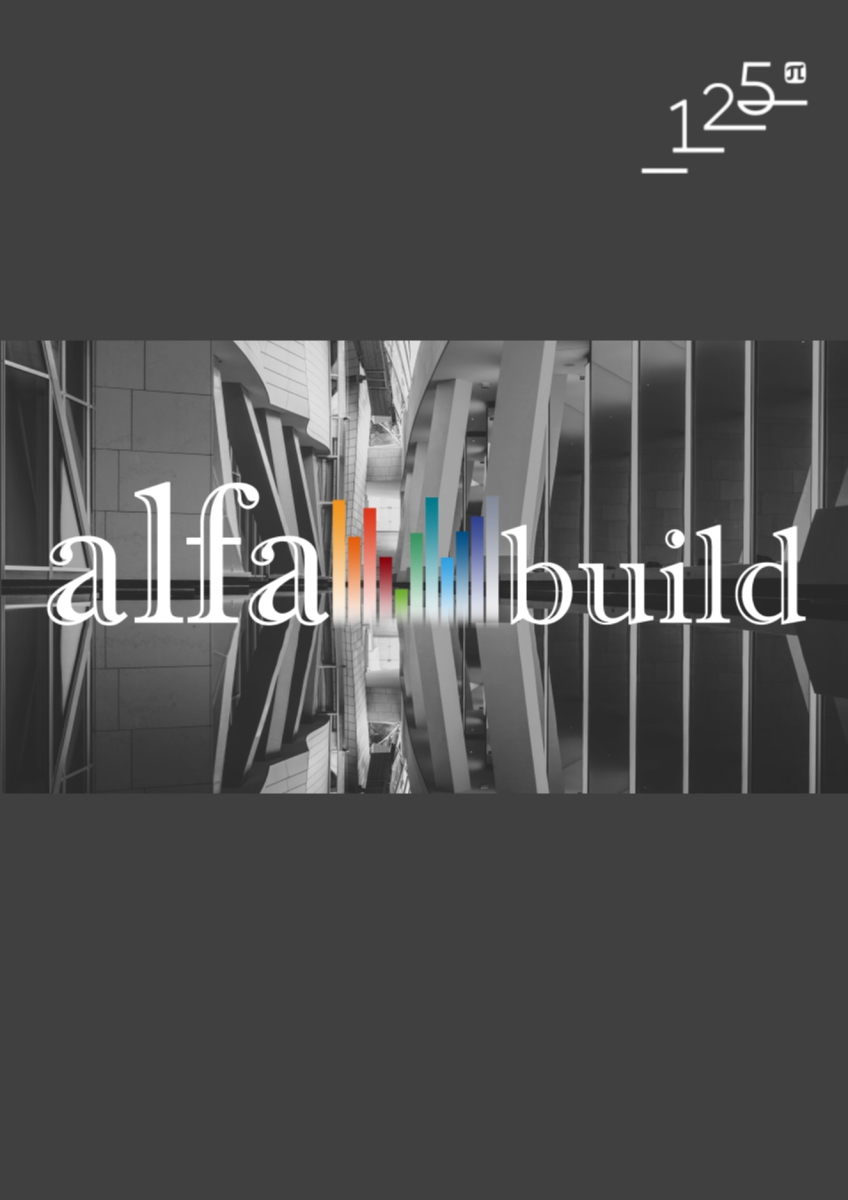The Brick Material Durability in Brickwork
Destruction of bricks in building’s enclosure brickworks in regions without negative temperature (e.g. Sienna, Italy) shows that frost resistance is not a determinant parameter when evaluating the durability of brick’s material. At the same time, the mechanism of brickwork destruction for different regions and periods is the same. Based on those field studies, a scientific hypothesis can be made that brick destruction in building enclosure’s brickwork derives from chemical corrosion. Based on this hypothesis, the purpose of scientific research was determined – to determine the durability of the material in time units. To achieve it and to validate the scientific hypothesis, the method of brick’s material degradation was developed. It consists of 3 stages: first non-chemical stage of material humidification; first chemical stage of alkalis’ formation from amorphous part of brick’s material; second chemical stage of material’s degradation caused by the interaction of alkalis with silicon and aluminum oxides. The possibility of a chemical reaction’s process was proven by thermodynamic calculations. To determine the kinetic characteristics of chemical stages of the degradation process, research methods of alkalis formation process by material humidification and brick material’s degradation were developed. Based on laboratory researches, kinetic characteristics of chemical reactions were obtained: dependency of reaction’s speed to the concentration of reagents and temperature of the process. Kinetic characteristics of degradation process with the application of material’s humidification speed parameter allowed calculation of brick material’s durability in time units. The results of 3 different brick materials were realistic. On the current development stage, it allows us to recommend this method to evaluate brick material’s durability instead of methods by frost resistance and strength.



